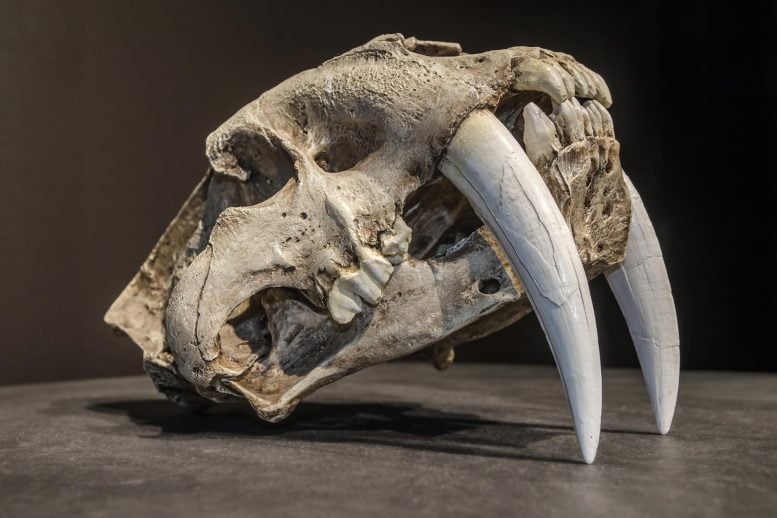
An interesting study from researchers at the Tel Aviv University (TAU) in Israel reveals that the oriental hornet (Vespa orientalis), an insect capable of turning sunlight into electricity using its skin, has one more astonishing superpower.
The researchers conducted a series of experiments during which they found that no amount of alcohol consumption can intoxicate this insect.
This tiny creature weighs only half a gram and is around 1.4 inches long. However, no animal on Earth can match the oriental hornet’s talent of remaining unaffected by alcohol.
“With 5.3 percent of deaths in the world linked to alcohol consumption, we believe that, following our research, oriental hornets could potentially be used to develop new models for studying alcoholism and the metabolism of alcohol,” Eran Levin, one of the study authors and a professor at TAU, told The Times of Israel.
This could provide new insights into the psychology and behavioral aspects of alcohol tolerance, potentially leading to the development of effective treatments against alcohol use disorder.
Oriental hornets are never phased by alcohol

The study authors first tested whether oriental hornets can get intoxicated with alcohol. So for an entire week, or nearly 10 percent of the insect’s lifespan, they were made to drink a solution with an 80 percent ethanol concentration. Surprisingly, researchers didn’t notice even a slight change in the insect’s behavior or physiology.
“Even species particularly well adapted to ethanol consumption face detrimental effects when exposed to concentrations above 4%. We show that chronic ethanol consumption, even at concentrations as high as 80%, had no impact on hornet mortality, construction behavior, or agonistic behavior,” the study authors note.
Next, they wanted to check whether alcohol levels that are deadly to humans affect the oriental hornet’s lifespan. They put two solutions in front of the insects; one with sugar and another with varying ethanol concentrations.
The insects preferred drinking the ethanol solution and consumed it for over 24 hours. Drinking high-grade alcohol for an entire day is considered potentially lethal for most humans. When the study authors conducted a similar test on bees, some exhibited severe intoxication, and many died during or shortly after the test.
However, the hornets didn’t even burp. They were as normal as they were before the test.
The secret to the hornet’s exceptional alcohol-tolerance
The study authors investigated how the bodies of oriental hornets break down alcohol. To do this, they labeled the alcohol the insects drank using a carbon isotope (13C1). Then they measure the amount of this isotope in the carbon dioxide released by the insect.
“By measuring the amount of labeled carbon dioxide emitted, we could estimate the speed at which the alcohol was broken down. The findings were surprising: We were amazed at the rapid rate at which the hornets metabolized the alcohol,” Sofia Bouchebti, lead researcher and postdoctoral fellow at TAU.
This rapid alcohol metabolism occurs due to the presence of multiple copies of a gene called alcohol dehydrogenase (NADP+). This gene produces the enzyme that breaks down alcohol into less harmful substances in the body.
Most animals produce NADP+ as needed through their normal cellular processes, however having multiple copies is uncommon. This is what makes the oriental hornet different from other animals. The study authors believe that this is an adaptation that the insect developed due to the presence of yeast in its digestive system.
“The hornets naturally store yeasts in their digestive system, which provides them with a unique environment that allows the yeast to develop and reproduce, creating new strains,” Bouchebti added.
Oriental hornets often consume fruit, which the yeast may ferment into alcohol. Possibly, due to this, hornets are regularly exposed to alcohol from within their bodies, and this has caused the selection of multiple NADP+ mutations, the study authors conclude.
Hopefully, the information from this study will be useful in the development of drugs, treatments, and strategies focused on alcohol addiction and severe intoxication.
The study is published in the journal PNAS.
This article appeared in December 2024 and was updated with new information.








Leave a Comment